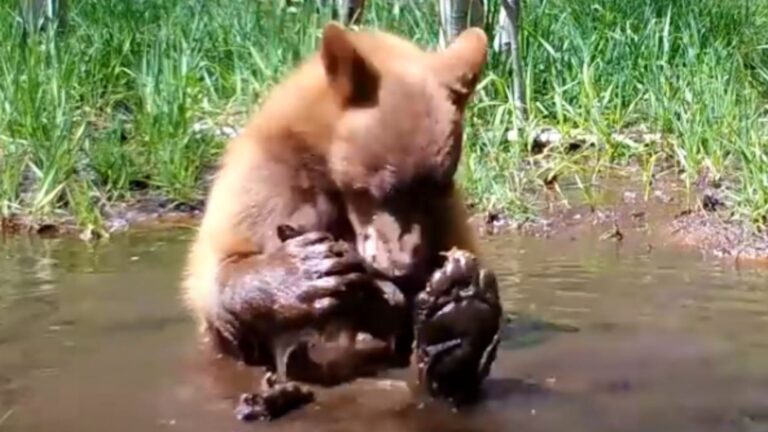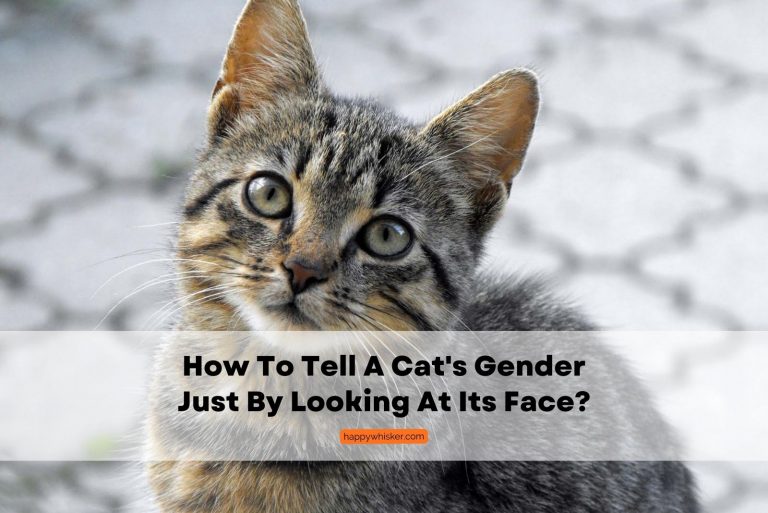12 Extinct Animals That Scientists Hope To Bring Back
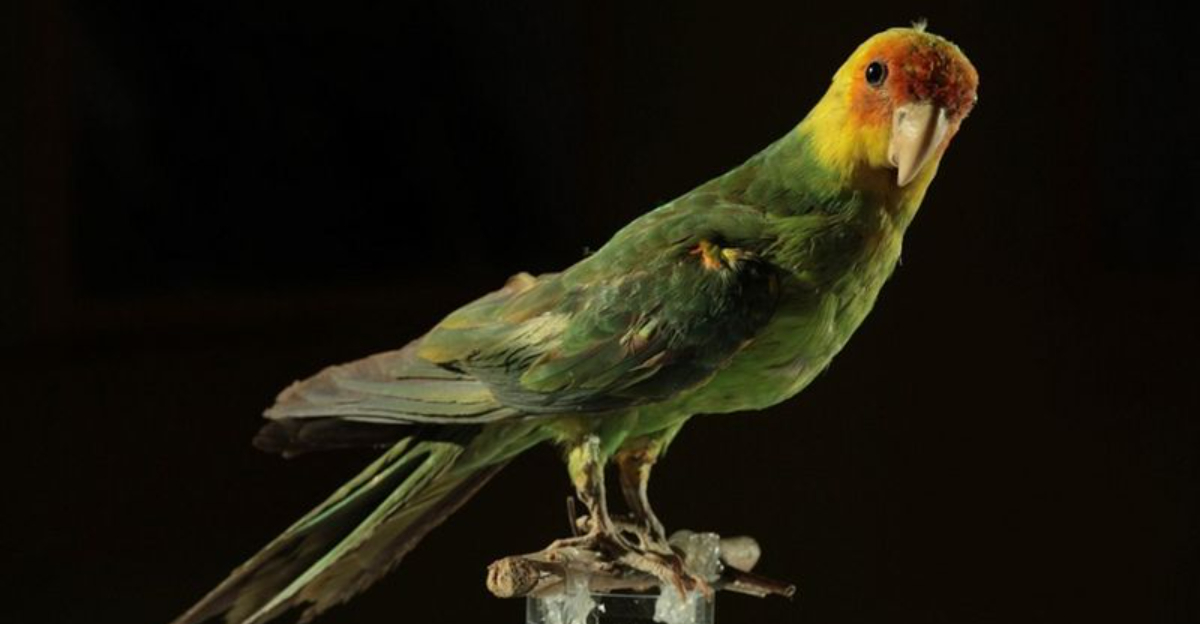
When an animal goes extinct, we usually think it’s gone forever. But what if we could turn back time? Scientists are now using cutting-edge technology like DNA sequencing and genetic engineering to potentially resurrect extinct species.
This fascinating field, called de-extinction, offers hope that animals we’ve only seen in museums might one day roam the Earth again.
1. Woolly Mammoth
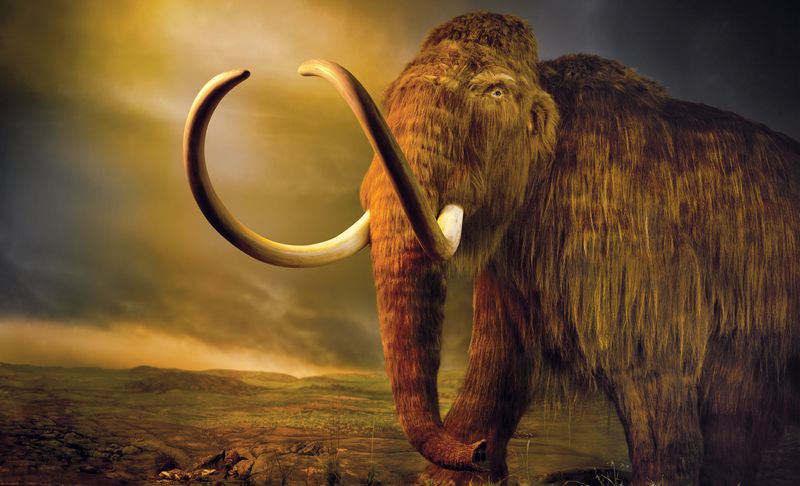
Shaggy-coated giants that once trudged across ice-age tundras, woolly mammoths vanished around 4,000 years ago. Their well-preserved remains in permafrost have yielded exceptional DNA samples.
Scientists at Colossal Biosciences are splicing mammoth genes into Asian elephant DNA, hoping to create cold-resistant elephant-mammoth hybrids. They predict the first mammoth-like calves could be born by 2028.
2. Tasmanian Tiger
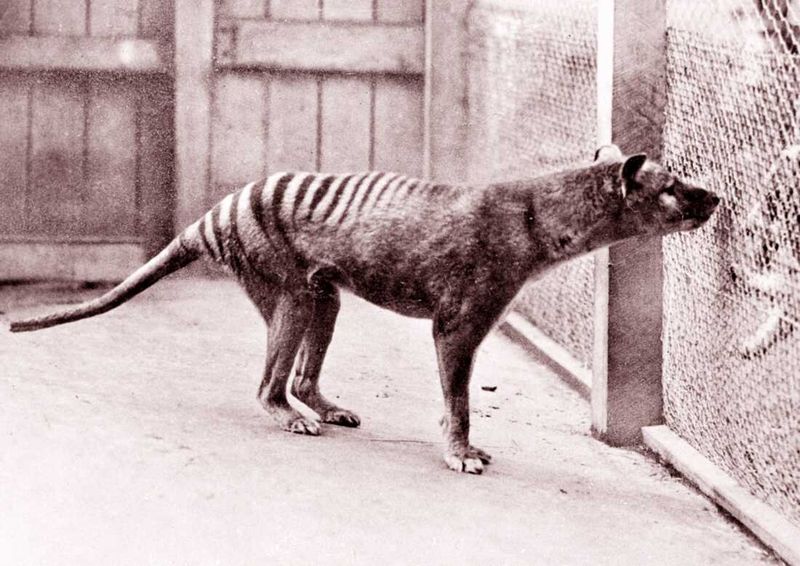
Striped and wolf-like with an unusual pouch, the thylacine disappeared in 1936 when the last captive specimen died at Tasmania’s Hobart Zoo. Hunting and habitat loss sealed their fate.
Australian scientists have successfully sequenced the thylacine genome from preserved specimens. Using gene editing, they’re working to insert thylacine DNA into fat-tailed dunnart cells, aiming to resurrect this unique marsupial predator.
3. Dodo
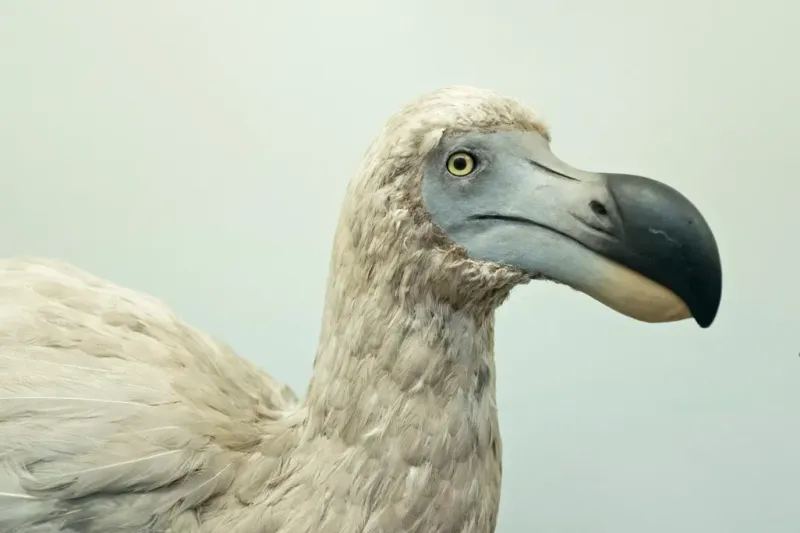
Flightless and fearless, the dodo vanished from Mauritius by 1662, barely a century after humans discovered it. Its extinction story has become synonymous with human-caused destruction.
A complete dodo genome was sequenced in 2022, opening doors for revival attempts. Scientists plan to modify the Nicobar pigeon genome—the dodo’s closest living relative—to recreate this iconic bird.
4. Passenger Pigeon
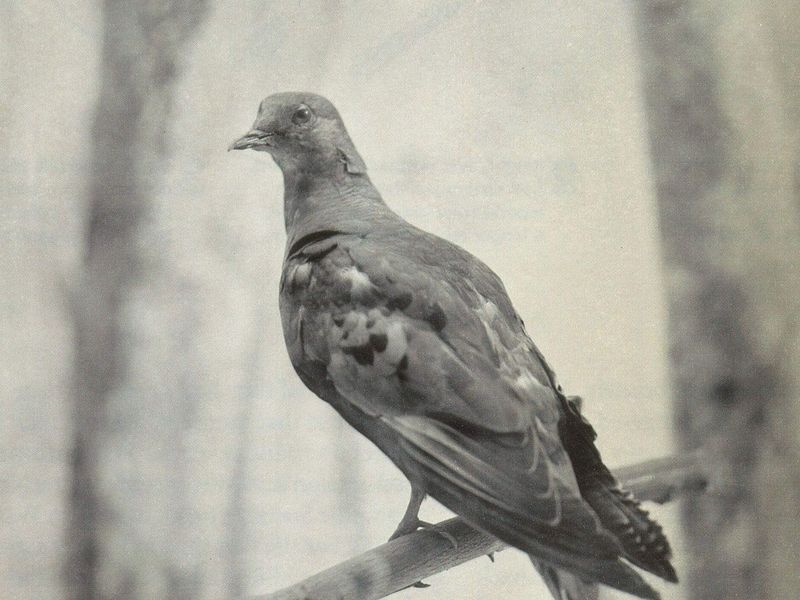
Once darkening North American skies in flocks of billions, passenger pigeons were hunted to extinction by 1914. The last one, Martha, died in Cincinnati Zoo.
Revive & Restore organization leads efforts to resurrect this bird. Their approach involves editing band-tailed pigeon genomes to express passenger pigeon traits, potentially reintroducing these birds to eastern forests.
5. Woolly Rhinoceros
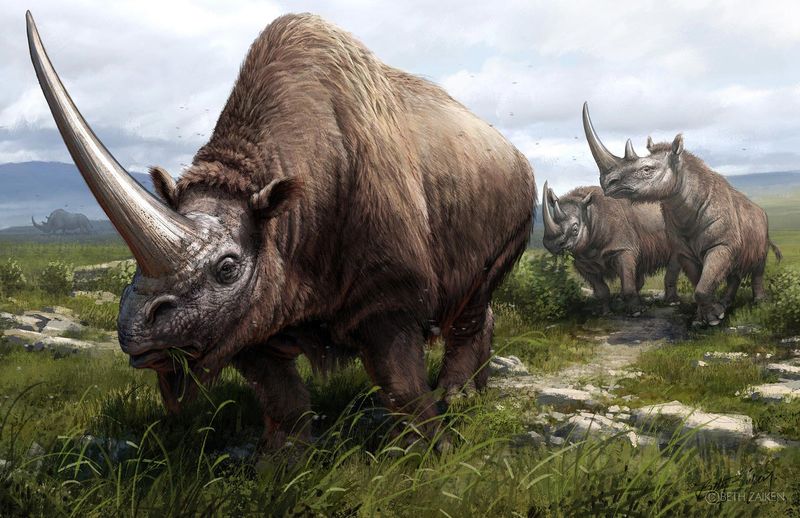
Massive and furry, woolly rhinos roamed Eurasia until about 10,000 years ago. Their thick coats and massive horns helped them survive harsh Ice Age conditions.
Scientists have recovered DNA from frozen specimens in Siberia. Though less publicized than mammoth revival efforts, researchers are exploring similar techniques—potentially using modern rhino species as surrogate mothers for engineered embryos.
6. Quagga
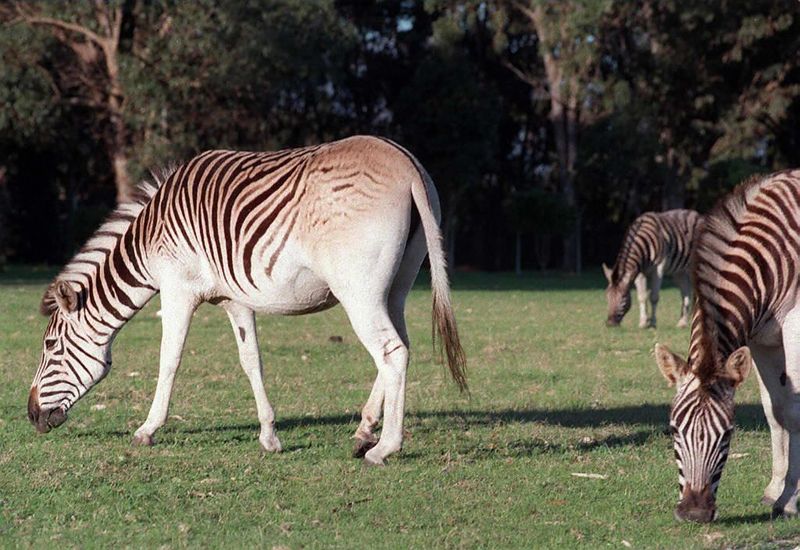
Half-zebra, half-horse in appearance, the quagga was hunted to extinction in South Africa by 1883. Only one photograph of a living specimen exists, alongside a few taxidermied remains.
The Quagga Project takes a unique approach to resurrection through selective breeding. Scientists identify plains zebras with quagga-like traits and breed them over generations, gradually recreating the extinct subspecies’ distinctive partially-striped pattern.
7. Aurochs
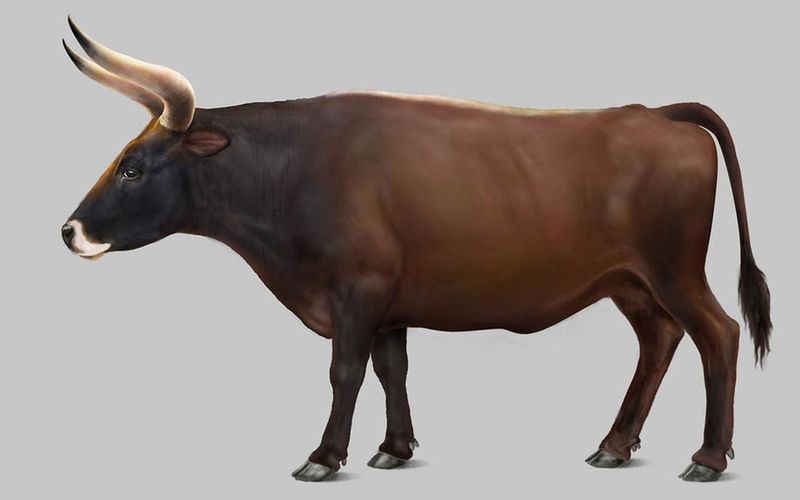
Massive wild cattle that once thundered across Eurasia, aurochs stood nearly 7 feet tall at the shoulder. The last one died in Poland’s Jaktorów Forest in 1627.
Modern efforts like the Tauros Programme use back-breeding techniques. Scientists select primitive cattle breeds with auroch-like characteristics—large size, forward-pointing horns, and athletic builds—to recreate these impressive bovines through selective breeding.
8. Pyrenean Ibex
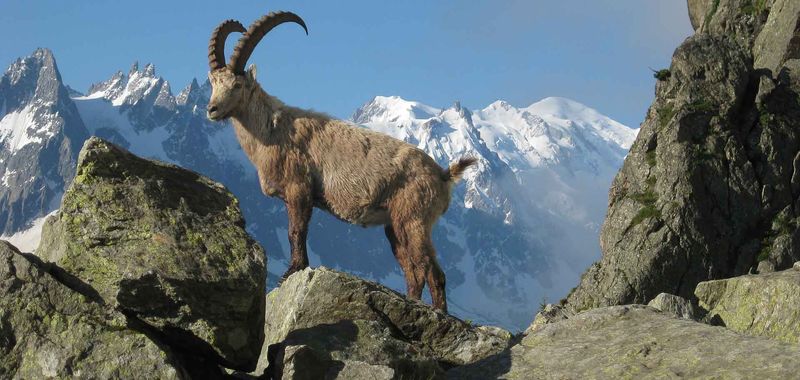
Mountain-dwelling wild goats native to Spain, the Pyrenean ibex disappeared in 2000 when the last individual, Celia, was found dead under a fallen tree. Their curved horns and agile climbing abilities made them remarkable creatures.
Scientists briefly succeeded in resurrecting this species in 2003. They created a clone using preserved cells, though the newborn died shortly after birth due to lung defects. This marked the first—albeit temporary—de-extinction in history.
9. Steller’s Sea Cow
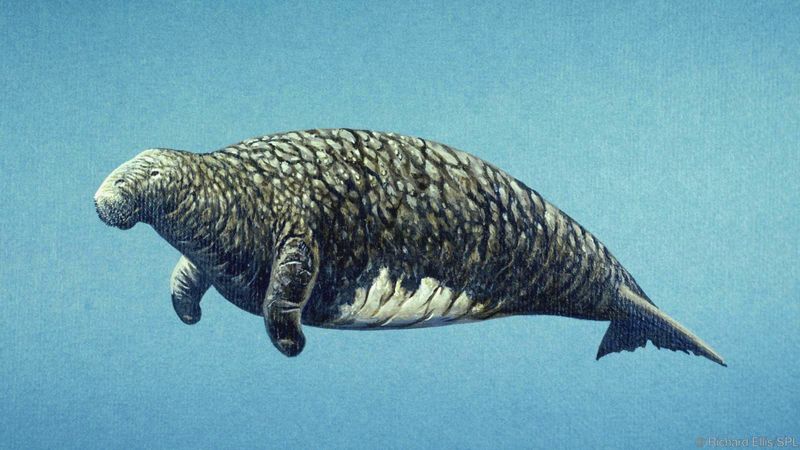
Enormous marine mammals reaching lengths of 30 feet, Steller’s sea cows were discovered in 1741 near the Commander Islands. Just 27 years later, they were hunted to extinction for their meat, fat, and hide.
De-extinction efforts focus on the dugong, its closest living relative. Scientists hope to identify genetic differences between the species and potentially edit dugong DNA to express sea cow traits like cold tolerance and massive size.
10. Great Auk
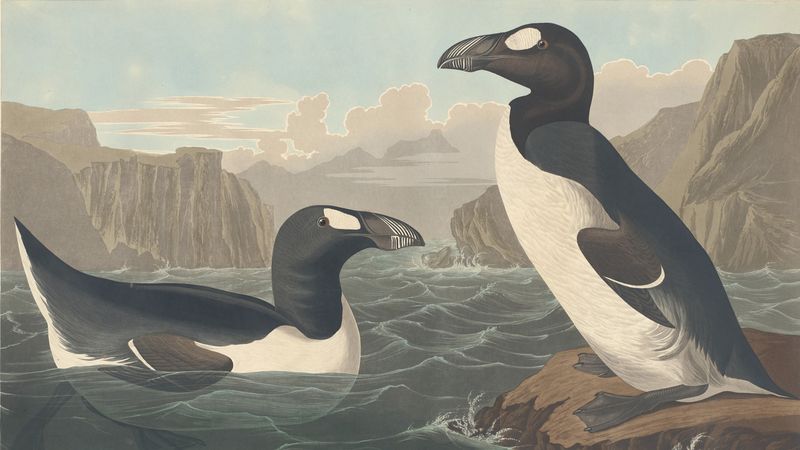
Penguin-like seabirds of the North Atlantic, great auks stood three feet tall with striking black and white plumage. The last pair was killed in 1844 by collectors on an Icelandic island.
Scientists have extracted DNA from preserved specimens in museums worldwide. Razorbill auks, their closest living relatives, could potentially serve as genetic templates and egg hosts if scientists pursue de-extinction of these flightless birds.
11. Heath Hen
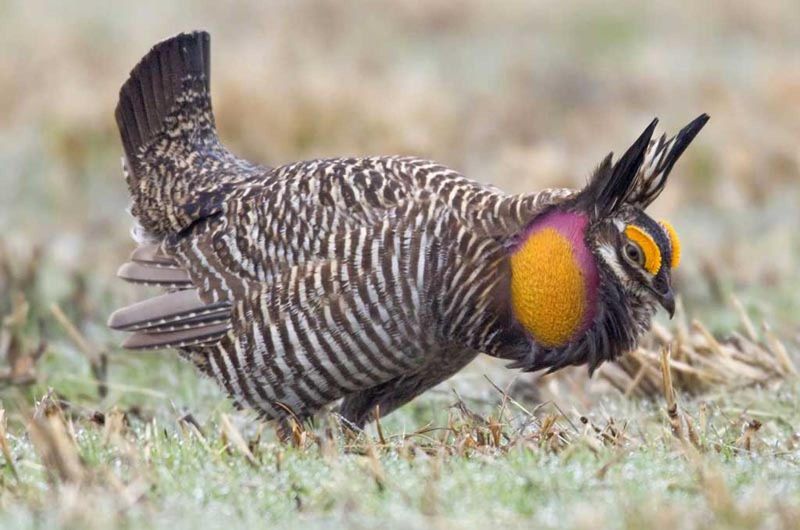
Once abundant across eastern North America, these chicken-sized birds were famous for elaborate mating dances. The last heath hen—nicknamed “Booming Ben”—died alone on Martha’s Vineyard in 1932.
Revive & Restore has sequenced the heath hen genome from museum specimens. Scientists plan to edit DNA of the greater prairie chicken, a close relative, to resurrect this bird that once fed early American colonists.
12. Carolina Parakeet
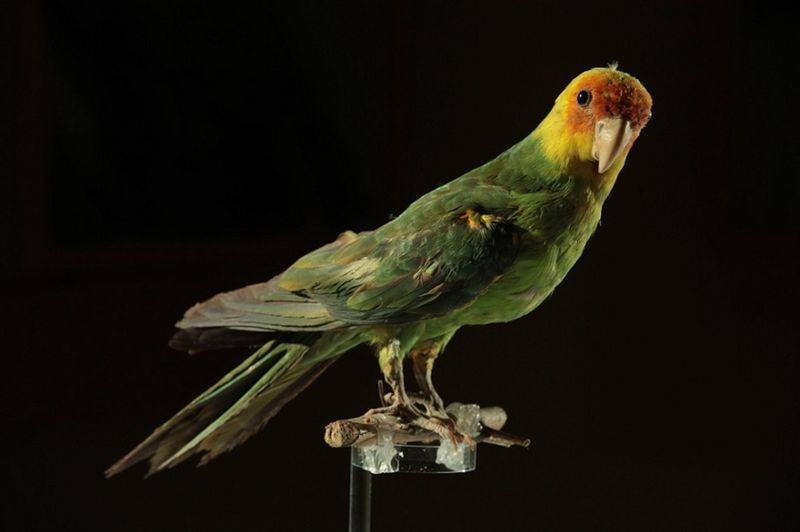
Vibrant green and yellow parrots once flocked through eastern American forests and swamps. The last captive Carolina parakeet died at Cincinnati Zoo in 1918—in the same cage where Martha, the last passenger pigeon, had died four years earlier.
Scientists have fully sequenced this parakeet’s genome from museum specimens. Research suggests the sun parakeet, a close South American relative, could potentially serve as a surrogate species for genetic resurrection efforts.

